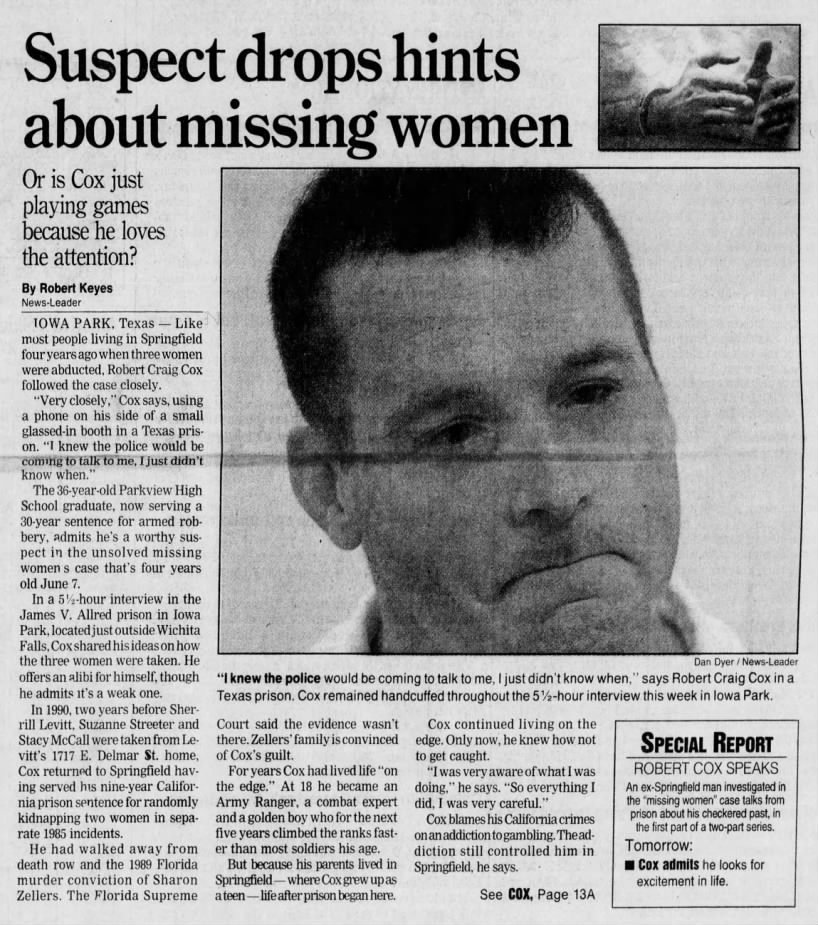Okay, so today I decided to mess around with “Cox Craig,” which, let’s be honest, sounds like a made-up thing. But it’s actually about survival analysis, using something called the Cox Proportional Hazards model. I’d heard about it, never actually done it. Figured it was time to get my hands dirty.

First, I needed some data. I grabbed a sample dataset online – I think it was about lung cancer survival times, or something similar. Didn’t really matter, I just needed something with time-to-event data and some variables I could play with.
Then, the tools. I’m a big fan of using free, open, and reliable tools. I’m used to using free and open tools because they don’t limit my *, I opened up a new editor and get start.
I fumbled around for a bit, getting the data loaded. It’s always a pain, right? Making sure the columns are named right, dealing with any missing values… the usual data cleaning headaches. Eventually, I got it sorted.
Getting Down to Business
The actual Cox model part was surprisingly straightforward. With the data prepped, it was basically one line of code: model fitting.
I threw in a couple of variables – I think one was age, and another was some sort of treatment indicator – just to see what would happen. Boom, I got results! A bunch of numbers, coefficients, p-values… you know, the usual statistical output.

Making Sense of It All
Now, interpreting this stuff is where it gets tricky. I’m no statistician, but I’ve learned enough to be dangerous. The coefficients tell you how each variable affects the hazard rate – basically, the risk of the “event” (in this case, probably death) happening.
Positive coefficients mean higher risk, negative means lower. The p-values, well, they tell you if the effect is “statistically significant,” which is a whole other can of worms. I usually just look for the small ones.
I spent a while staring at the output, trying to make sense of it. Did the results make intuitive sense? Were there any surprises? That’s the fun part, trying to connect the numbers back to the real world.
Wrapping Up
So, that was my day with “Cox Craig.” I wouldn’t say I’m an expert now, but I definitely feel more comfortable with the concept. It’s like anything else – you just gotta dive in and try it. You’ll probably mess up a few times, but that’s how you learn.
Next time, I might try messing with some different datasets, or maybe even comparing the Cox model to other survival analysis techniques. There’s always more to explore!

